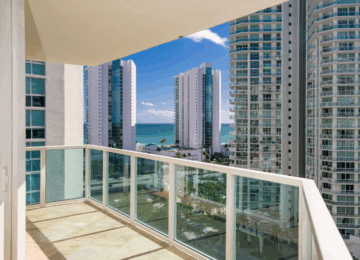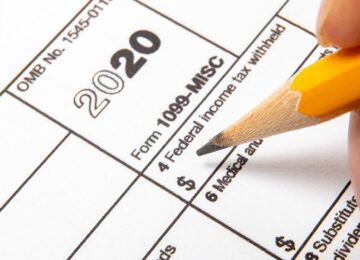Planning an exit strategy before purchasing a condominium is a crucial step many buyers overlook in their excitement to secure a new home. Without proper exit planning, owners may be unable to sell when needed or face unexpected financial losses upon disposition. When evaluating properties like those detailed in the Skye At Holland Site Plan or similar developments, considering future marketability alongside current desirability helps ensure your investment remains liquid and potentially profitable throughout your ownership timeline.
Buyer profile matters
Different condominium properties attract different buyer profiles, directly impacting future marketability and sale timelines. Family-oriented communities naturally appeal to a different demographic than buildings catering to young professionals or retirees. Understanding who represents the likely future buyer for your specific unit helps forecast potential demand when you eventually need to sell. Consider which amenities and features will maintain appeal to your target buyer group over time. Swimming pools and fitness centres generally retain strong appeal, while once-popular features like tennis courts sometimes diminish importance. Location attributes like school district quality and walkability typically maintain consistent value for specific buyer segments, creating more stable demand than trendy design features that may quickly seem dated as tastes evolve.
Association health indicators
Condominium association financial health directly impacts future marketability regardless of individual unit attributes. Properties with inadequate reserves, history of special assessments, or high delinquency rates face additional scrutiny from lenders when future buyers apply for mortgage financing, potentially limiting your buyer pool and extending sale timelines. Review these critical association health metrics before purchase:
- Reserve funding percentage relative to professional reserve study recommendations
- Special assessment history over the past decade
- Current owner delinquency rates on monthly assessments
- Ratio of owner-occupied versus rental units
- Pending or recent litigation involving the association
These factors influence future resale potential and ongoing financing availability for the entire community. Buildings with financial challenges often face lender restrictions that depress values for all units regardless of individual condition or features, creating potential exit barriers beyond your control as an individual seller.
Rental fallback options
Market conditions during your eventual sale remain impossible to predict with certainty, making rental feasibility a vital exit strategy consideration. Properties with strong rental demand provide valuable flexibility should personal circumstances require relocation during unfavourable selling conditions. Examine these rental feasibility factors when evaluating potential purchases:
- Association rental restrictions and minimum lease term requirements
- Local rental licensing and inspection requirements
- Market rental rates relative to carrying costs (mortgage, taxes, fees)
- Seasonal demand patterns in vacation or university-adjacent areas
- Property management availability and typical fees
Units with positive or neutral monthly cash flow as rentals provide valuable exit flexibility compared to properties where rental income falls significantly short of carrying costs. This rental fallback option creates breathing room to wait for favourable selling conditions rather than being forced to accept below-market offers due to financial pressure.
Strategic exit planning before purchase helps identify properties offering maximum flexibility when circumstances eventually require selling. This foresight transforms condominium selection from a purely emotional decision into a balanced approach serving lifestyle and financial objectives throughout your ownership journey.











